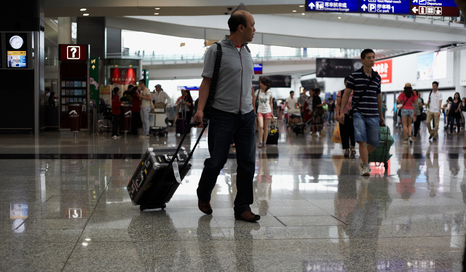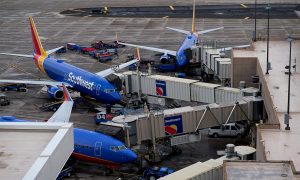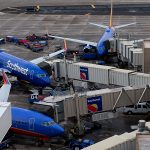In the past two weeks, carriers ranging from Delta Air Lines to Allegiant Air reported strong profits in the fourth quarter and for the full year, driven partially by lower fuel prices.
And, there have been myriad stories — like this one in Time magazine — on how despite plummeting jet fuel prices, airlines are not passing those savings along via lower air fares.
But it’s not quite that simple. Between 2000 and 2012, jet fuel prices have swung from a low of around $30 a barrel to a high of $160, according to Airlines for America (A4), the trade group that represents the major U.S. carriers.
Jet fuel makes up about 30 percent of an airline’s operating costs, according to the International Air Transport Association. This chart from the U.S. Department of Transportation’s Bureau of Transportation Statistics shows in detail fuel costs and consumption between 2000 and 2014.
In listening to the airlines’ earnings calls, the theme was pretty consistent. While low fuel prices are nice, their reasoning went, the carriers’ long-term budget planning has them operating as if fuel is priced at more than $100 a barrel, about half the current rate.
So instead of using the low fuel price “bonus” to pass along lower fares to passengers, the airlines keeping the money to fund things including: new aircraft; upgrades to passenger experience items like seats and Wi-Fi; paying down debt; share buybacks; and shareholder dividends.
This is a story that touches a nerve with readers, and there are ample opportunities for followup.
STORY IDEAS
International Air Transport Association
U.S. Department of Transportation’s Bureau of Transportation Statistics
Benét J. Wilson is co-editor of AirwaysNews.com and blogs at AviationQueen.com. She has been an aviation/travel journalist for more than 20 years. Follow her on Twitter @AvQueenBenet











